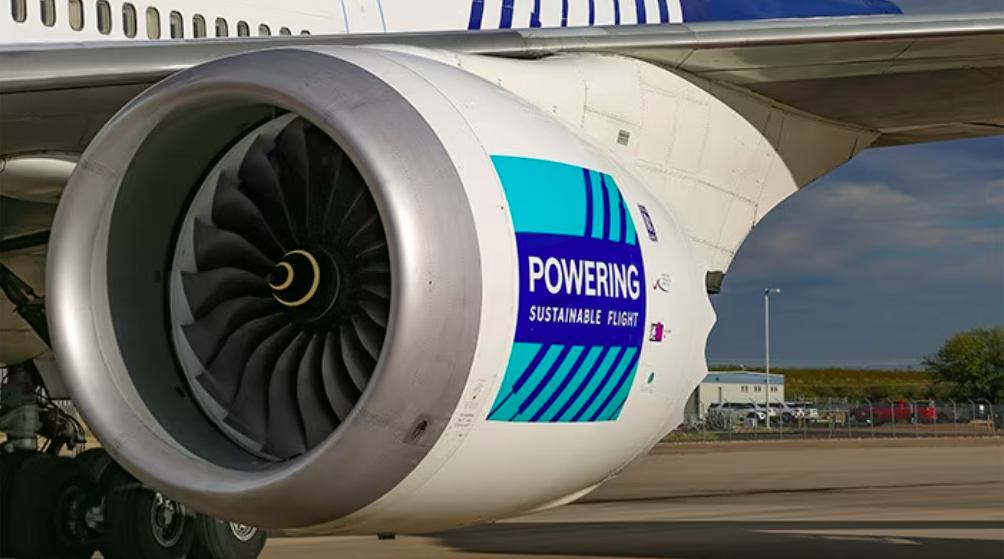Rolls-Royce, which wants to sell its electric flight division to focus on improving profits in its jet engine business, said that hydrogen is not a medium-term option for widebody, large commercial aircraft, rather preferring Sustainable Aviation Fuel (SAF). “I don’t believe in the next 15, 20 years hydrogen will play a role,” commented Rolls-Royce’s CEO Tufan Erginbilgic during the presentation with analysts and investors. The British company teamed up with several companies in the hydrogen sector for different projects, from production based on SOEC technology to the ground test of the the “world's first run of a modern aero engine on hydrogen.” The company then explained to pv magazine that the company remains committed to developing its hydrogen capability in partnership with easyJet. “We ran the world’s first modern aero engine on green hydrogen last year; we plan to ground test a higher thrust engine on hydrogen next year; and we still have ambitions to take this technology to flight test in the long term. We are on track to deliver our commitment to power a mid-size aircraft on hydrogen in the mid 2030s in partnership with easyJet.”
ACWA Power has launched the first phase of a green hydrogen project in Uzbekistan. It has an annual capacity of 3,000 tons. “Once the second phase is complete, 2.4 GW of wind energy will power the production of 500,000 tonnes of green ammonia per year,” said the Saudi Arabian company.
Lhyfe plans to produce up to 330 tons of green hydrogen per day at its Lubmin plant in northern Germany, with a targeted commissioning date of 2029. “Part of Lhyfe’s backbone development strategy, this plant will feed into the German core hydrogen pipeline network, for the development of which the German government recently unveiled a €20 billion financing plan,” said the French company. The project site will offer access to existing and future electricity production capacities from offshore wind farms. It benefits from an extra-high voltage grid connection operated by 50Hertz, which already operates a transformer station in Lubmin. The plant will be built on the site of a decommissioned nuclear power plant.
Spain's Port of València has became the first port in the world to use a stacker capable of moving containers of more than 30 tons using only hydrogen as fuel. “Hydrogen is stored on board the ReachStacker in high-pressure tanks that can be refilled in 10-15 minutes,” said the port. The port also said that it deployed the first hydrogen-powered terminal tractor, developed by Atena, Enea, and the Parthenope University of Naples. “This Terminal Tractor has a fuel cell/battery hybrid powertrain, which allows the vehicle to perform all the intensive tasks that are required during roll-on/roll-off operations. Its hydrogen storage system, made of four Type 3 cylinders (350 bar), has an overall capacity of around 12 kg, which guarantees a continuous operation of at least six hours.”
This content is protected by copyright and may not be reused. If you want to cooperate with us and would like to reuse some of our content, please contact: editors@pv-magazine.com.


2 comments
By submitting this form you agree to pv magazine using your data for the purposes of publishing your comment.
Your personal data will only be disclosed or otherwise transmitted to third parties for the purposes of spam filtering or if this is necessary for technical maintenance of the website. Any other transfer to third parties will not take place unless this is justified on the basis of applicable data protection regulations or if pv magazine is legally obliged to do so.
You may revoke this consent at any time with effect for the future, in which case your personal data will be deleted immediately. Otherwise, your data will be deleted if pv magazine has processed your request or the purpose of data storage is fulfilled.
Further information on data privacy can be found in our Data Protection Policy.